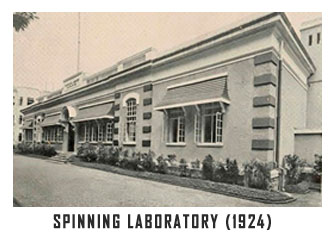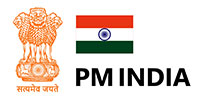
Early Days
Though India has long been recognized as home of cotton textile manufacture, the first textile mill in India was established in early half of nineteenth century. However, concerted efforts to increase cultivation of cotton and improvement of quality of Indian cotton was initiated only during the second decade of nineteenth century, mainly due to serious reduction in the growth of cotton in the United States of America (USA). Even though India was world’s second largest cotton producing country at that point of time, the production of Indian cottons of various staple levels was very badly balanced, with nearly three fourth of the cotton produced in India being below 17mm staple length. In order to study this situation, Indian Cotton Committee (ICC) was appointed by Government of India in 1919. One of the most important recommendations of the Committee was to form an Indian Central Cotton Committee (ICCC). Accordingly, ICCC was constituted in March 1921. The Committee also recommended that ICCC should appoint a cotton technologist to carry out laboratory tests on Indian cotton to ensure “authoritative valuations, arrange for and interpret the spinning tests and also carry out basic research on the properties of cotton fiber”. As a result of this recommendation, ICCC took action to establish a Technological Laboratory in Mumbai. Dr. A. J. Turner took charge as the first Director in January, 1924.


In the initial stages the work of the Technological Laboratory primarily fell into
- Spinning tests on various strains of cottons received from Agricultural Departments and
- evaluate fibre properties of cottons and relate fibre properties with spinning potential of cottons.
The Technological Laboratory, first of its kind in the East, was established when the science of cotton technology was in its infancy. Considerable attention was therefore given to standardization of testing procedures and equipment to achieve its primary objectives of evaluation of fiber property and spinning performance.
- Back to previous page
- |
-
Page last updated date:17-08-2025 01:37 PM












